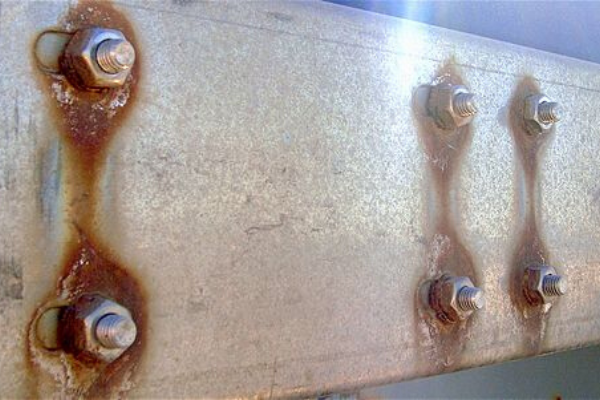Air conditioners of various types utilized in the USA or Canada are required to meet certain safety standards with similar requirements in most other parts of the world. This is extremely important for industrial applications where they are used as enforcement but by authorities and within companies themselves is on an increasing trend.
Legal requirements governing the use of electrical equipment may sometimes appear complex, certain compliance requirements are clear and universally apply to electrical enclosure coolers.
The most important are the following:
OSHA and NEC Standards
The Occupational Safety and Health Administration (OSHA) governs safety and health in the American workplace and are used as a guide in many other countries many which have similar regulations. In 1971 the National Electric Code (NEC) was incorporated within the Construction Safety and Health Standards of OSHA and therefore all electrical equipment must also conforms to both the safety requirements of OSHA and the NEC. Vortex tube operated control panel air conditioners operate with compressed air. However, they often use electrically operated solenoid valves and thermostats, either as individual pieces or packaged together and these items themselves must meet these safety standards. If a solenoid valve for example is modified, it may be breaking a code. An example of this is drilling a hole in a solenoid to allow for some compressed air flow into an enclosure to keep it purged of environment air instead of using a separate air line for a bypass.
Local Authorities Having Jurisdiction
The Authority Having Jurisdiction (AHJ) that operates locally in the USA is responsible for enforcing local building codes and ensuring compliance. Many of the codes in force by the local authorities are based on the NEC, also known as the NFPA 70. However, others may add local addendums or use their own specific codes.
In all cases, before an installation can be energized the installation must be signed off by a local inspector mandated by the AHJ.
Increasing Importance of Nationally Recognized Testing Laboratories
To ensure that electrical equipment conforms to the relevant codes is to have the equipment certified by a Nationally Recognized Testing Laboratory (NRTL). This certification will be accepted by the AHJ. There are more than a dozen NRTLs licensed in the USA but the most well-known are UL (Underwriters Laboratory) and CSA (Canadian Standards Association).
Before selecting enclosure cooling equipment, make sure that the equipment has been certified and carries the NRTL certification mark. These testing laboratories do more than just “test”. They ensure that the materials used in the products meet a certain standard of quality. One issue with vortex cooler “knockoffs” for example is not only potentially poor quality, but also the use of below standard materials and parts that require a certain level of testing and approval. Anything below “standard” is risky with anything electrical or electronic.
Specific Canadian Requirements
Enclosure cooling systems sold in Canada must conform to the Canadian Electrical Code Part 1. The Canadian Standards Association (CSA) and certain other testing laboratories such as UL are accredited. There are some variations in test requirements and levels of acceptance between the USA and Canada to distinguish between American and Canadian certifications. UL for example puts a prefix C next to their mark and refers to both the USA and Canada approval. Sometimes both a C and US prefix and suffix is used to identify that the product is tested to the standards of both jurisdictions. It’s important to understand this difference so as to avoid the possibility of installing equipment with the incorrect certification for your region. CSA is based in Canada and again does the same with prefix or suffix identification to indicate approval for one or both jurisdictions. Nex Flow Panel Coolers have been tested and approved by UL to meet both Canadian and USA standards and bear the appropriate mark.
Hazardous Areas
Equipment designed for use in a hazardous area must also be certified as such. Your enclosure cooler must conform to the specific hazardous area rating applicable and must be compatible with the rating of the enclosure on which it is used. Proper wiring and connections should be particularly checked.
NEMA Type Enclosure Rating for the Enclosure and Area
The enclosure cooling system used must have the same or better NEMA Type enclosure rating than the electrical enclosure itself. These NEMA Type ratings indicate the design level of the enclosure and the cooling system. For example NEMA Type 4 enclosures are suitable for applications and environments where the panel is subject to wash down. The vortex cooler (or whatever cooking is used) needs to be same or better for that wash down environment. Europe uses IP ratings. Various sources can provide the IP rating that is equivalent to the North American NEMA Type rating. Vortex Coolers like the Nex Flow Panel Cooler have versions tested and approved for NEMA 12 (IP 54), NEMA 3R (IP 14) and NEMA 4-4X (IP 66) applications.
In the U.S. and Canada, it is mandatory for certain equipment to carry the mark of an approved testing laboratory, and an enclosure air conditioner is on the list. Verify before you buy and be safe by using properly certified parts and equipment.
